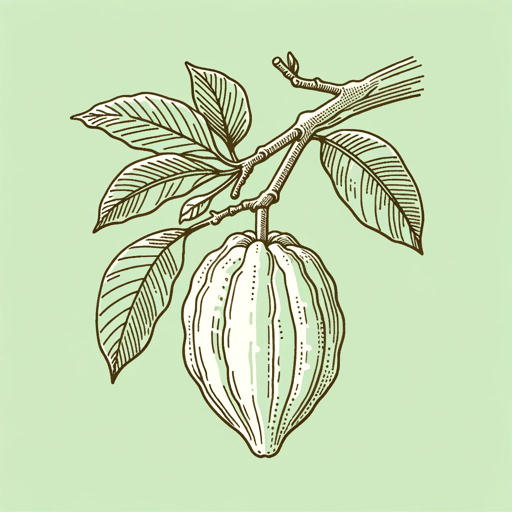53 pages • 1 hour read
Lorena HughesThe Spanish Daughter
Fiction | Novel | Adult | Published in 2021A modern alternative to SparkNotes and CliffsNotes, SuperSummary offers high-quality Study Guides with detailed chapter summaries and analysis of major themes, characters, and more.
Background
Historical Context: Ecuador and Cacao
The Spanish Daughter is historical fiction, incorporating facts and details from 1920s Ecuador to flesh out the familial drama between Don Armand’s children. In her author’s note, Hughes writes that she was intrigued by the real history of French landowners in Ecuador who profited from the export of cacao beans. This resulted in the import of French culture in cities like Vinces, which took on the name of Little Paris, even boasting a miniature Eiffel Tower. Hughes dramatizes this history and personalizes it, creating French characters such as Don Armand and Laurent, who grow wealthy in the shade of the cacao trees and off the backs of exploited Ecuadorian workers. This relationship is hinted at throughout the novel, first in Laurent’s disdain for Ecuadorian culture and later in Martin’s remark that he’s never tasted chocolate despite working on a cacao plantation. Despite cacao originating in Ecuador over 5,000 years ago, the delicacy remained out of reach for the native population due to the peonage system, which kept them impoverished.
The disaster at the end of the novel—the discovery of fungi in the cacao trees—is also a historical event. The Nacional cacao bean, which was cultivated in Ecuador for 3,500 years, was considered the finest cacao and prized by chocolatiers.

